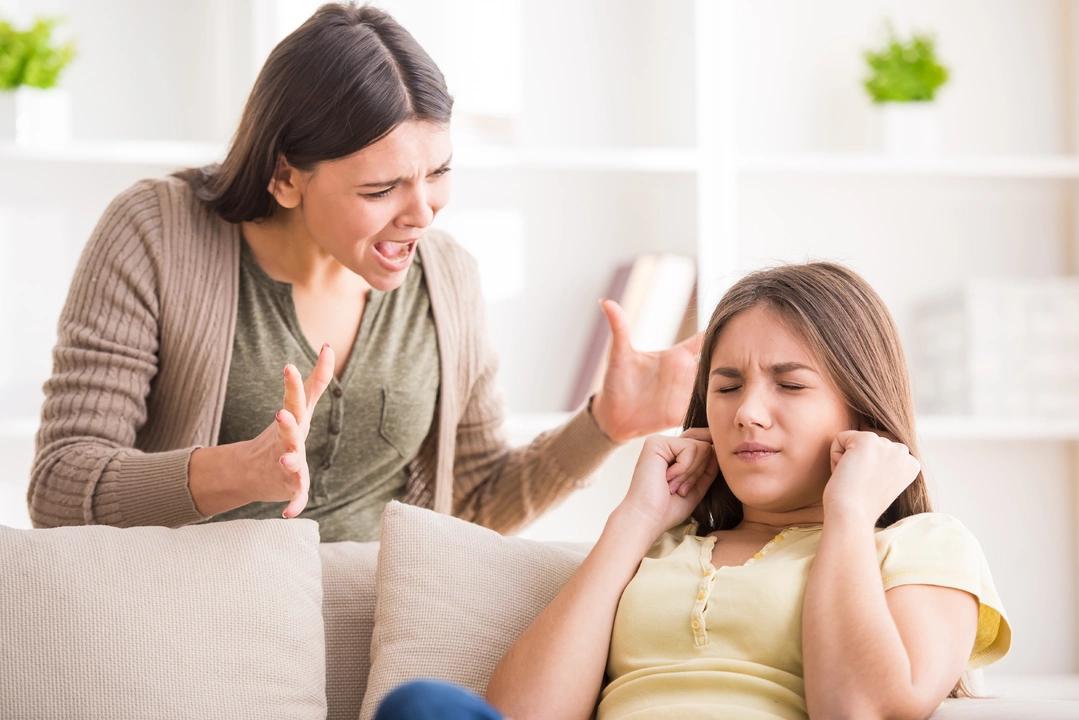Ever wonder why your pharmacy bill feels like a surprise every month? Most of the time the answer isn’t a mystery—it’s missed opportunities to save or protect yourself. Below are real‑world tips you can start using right now, whether you shop online, pick up a prescription in person, or just want to keep your meds fresh.
The first place to look is the price tag. Many big pharmacy chains list higher prices than smaller online stores that still follow U.S. regulations. Check at least two reputable sites before you click “buy.” Look for a verified pharmacy seal, a physical address in the United States, and a pharmacist available for questions.
If you have insurance, ask your provider if they offer a mail‑order option. Mail‑order programs often give a 30‑day supply at a discount that rivals any online deal. And don’t forget coupons—many drug manufacturers post printable coupons on their websites that shave off up to 20%.
When a medication goes generic, switch ASAP. Generic versions contain the same active ingredient but cost far less. Websites like pharmapassport.su list current generic options and price trends so you know when the switch happens.
Online buying feels convenient, but a few red flags can protect you from scams. Avoid sites that don’t require a prescription for prescription‑only drugs; if they’re willing to ship without one, they probably won’t verify the drug’s authenticity.
Read customer reviews, but focus on details about packaging, labeling, and whether the medication matched the description. A reputable pharmacy will provide tracking numbers, clear return policies, and a way to contact a pharmacist for questions.
Never share your credit card info over email or unencrypted forms. Secure sites use https in the URL—look for that lock icon before you enter payment details.
Even the best drug loses potency if stored wrong. Keep most pills in a cool, dry place away from sunlight; the bathroom cabinet is usually too humid. For liquid antibiotics or insulin, follow the label—some need refrigeration while others stay stable at room temperature.
If you travel, pack meds in your carry‑on bag to avoid temperature swings in checked luggage. Use a small insulated pouch for short trips and keep the original packaging so you can verify expiration dates easily.
Medication is only one piece of the health puzzle. Pair your prescriptions with lifestyle tweaks for better outcomes. For example, taking blood pressure pills with a low‑sodium dinner helps lower the dose needed over time.
Stay hydrated—water assists kidneys in flushing out drug residues and reduces side effects like constipation from opioids. And set up reminder alarms on your phone; missing doses is a common cause of treatment failure.
Finally, keep an updated medication list. Write down each drug, dose, and why you’re taking it. Share this list with any new doctor or pharmacist—you’ll avoid duplicate prescriptions and dangerous interactions.
These tips aren’t fancy tricks; they’re simple steps that add up to real savings, safety, and better health. Try one today, then build on it. Your wallet and your body will thank you.
